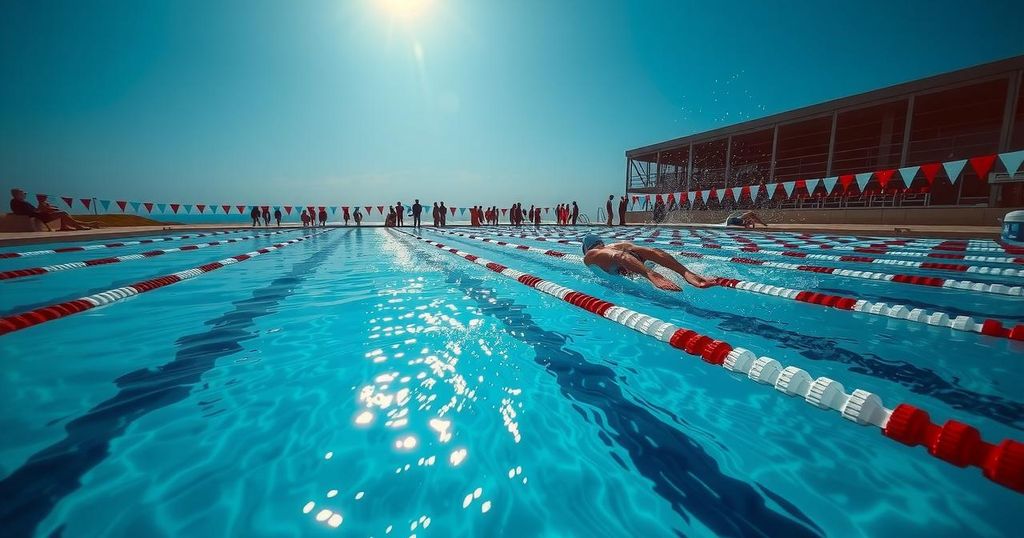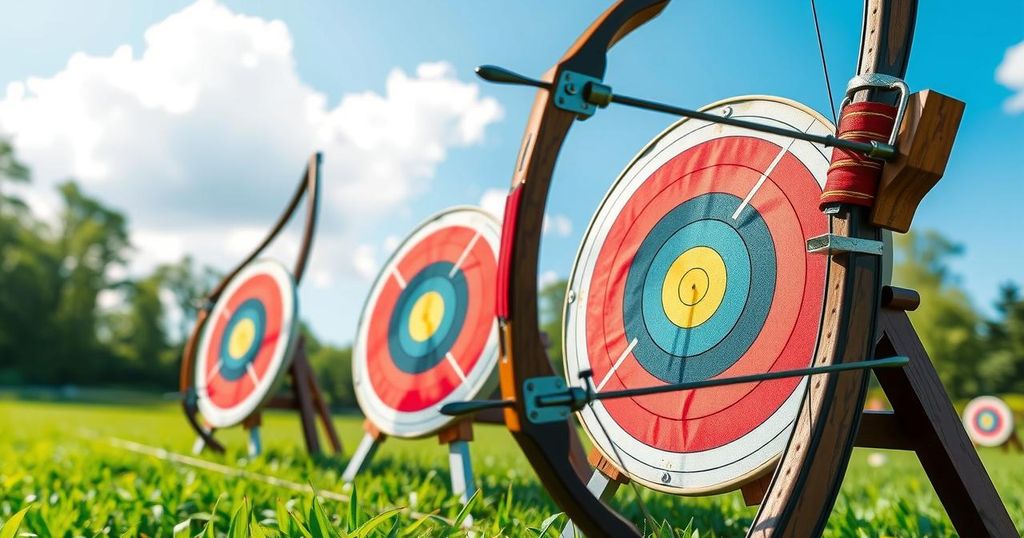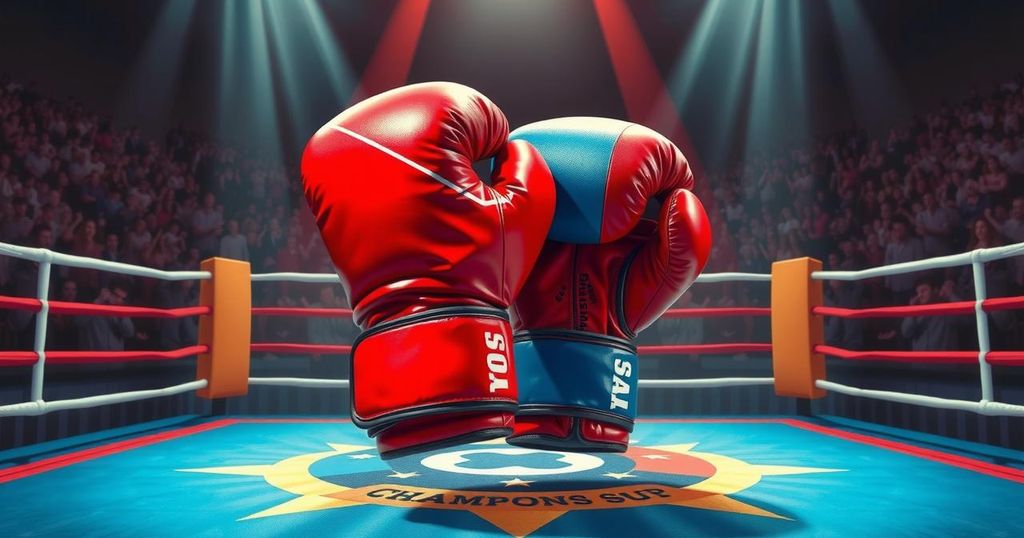The Effect of Pool Design on Olympic Swimmer Performance
The Olympic swimming competition is always a fascinating event to witness, and this year’s iteration is no exception. With surprising outcomes and new world records being established, it is evident that there is much to consider regarding the pool itself and its impact on athlete performance.
There is speculation as to whether the design and conditions of the pool in the 2024 Olympics could be a determining factor in the results. To shed light on this matter, NPR correspondents Bill Chappell and Brian Mann, accompanied by host Emily Kwong, engaged in a discussion on the topic.
According to aquatic designers for USA Swimming, shallow pools, which are typically slow, result in increased turbulence and waves, making it more challenging for swimmers to maintain streamlined movements in the water. The pool in Paris, the location of the 2024 Olympics, meets the world aquatic standards but is slightly shallower than the new international standard of 8.2 feet deep.
Kevin Post, CEO at Counsilman-Hunsaker, the official aquatic designers for USA Swimming, elucidated that a “fast” pool is characterized by calm and quiet water, with no significant impact on the athletes’ performances. This is contingent on how quickly the waves generated by the swimmers subside after entering the water.
Several Olympic swimmers, including Caeleb Dressel, have intimated that the depth of the pool may have influenced their performance. Dressel remarked that the pool in Paris differs in depth from what they are accustomed to for every swimming competition. Moreover, swimmers such as Léon Marchand have been observed swimming at greater depths than previously, indicating a potential adaptation to the pool’s conditions.
In addition to depth, other factors such as the touch pads at the end of the pool, the gutters, and even the catering provided to athletes, could potentially impact their performances. Brian Mann noted that some athletes believed that additional factors, such as demanding schedules, bus transportation, and even the accommodations in the Olympic Village, exerted a more substantial influence on their performance than the pool’s speed.
It is not solely about physical conditions; there is also a psychological element to consider. The pressure and mental preparedness that Olympic swimmers undergo is substantial, and any alteration in the pool design could influence their performance. Nevertheless, the best athletes are able to concentrate on what they can control and dismiss such distractions to deliver their optimal performance.
In conclusion, while it is plausible that the design and conditions of the pool at the 2024 Olympics may have affected the performances of some swimmers, it is evident that numerous variables contribute to setting new records and achieving personal bests. The evolution of pool design has progressed significantly over the years, with athletes striving to adapt to the conditions and deliver their best performances irrespective of the challenges they confront.
As the Olympics continue, it is imperative to acknowledge the dedication and perseverance of these athletes while recognizing the myriad factors that contribute to their performances.








Post Comment